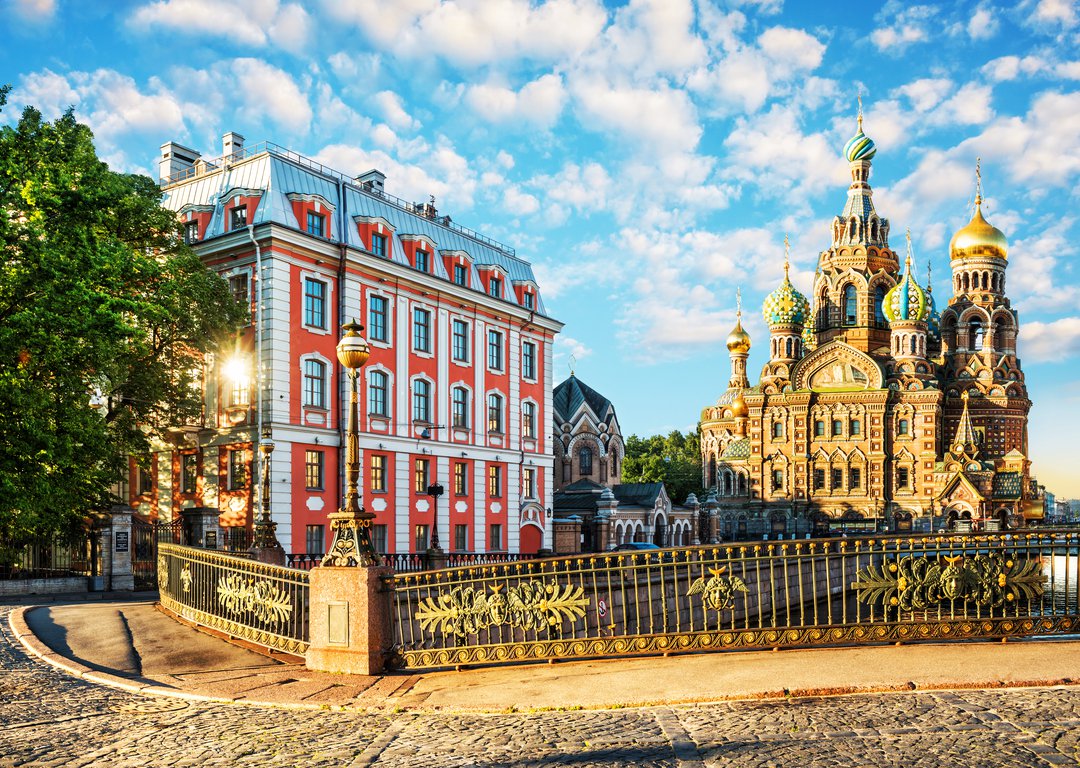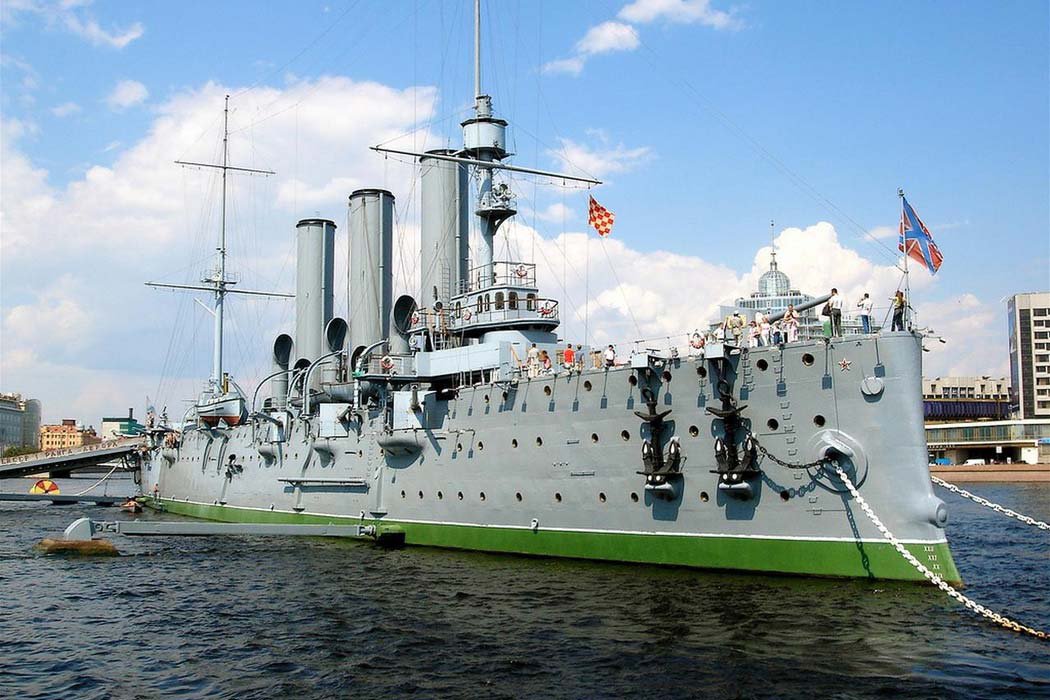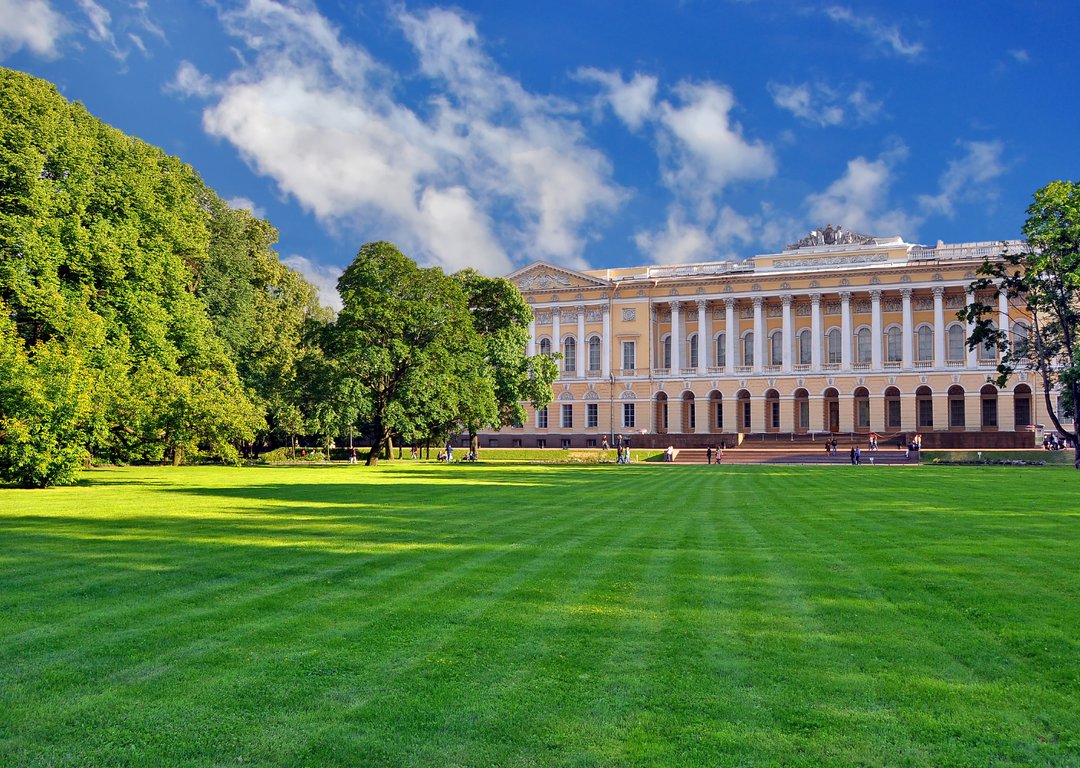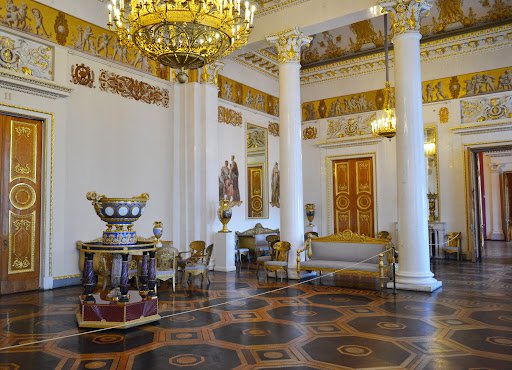 St Petersburg
St Petersburg➤ Breakfast
➤ The guided tour to the real warship named “Aurora”
➤ The guided tour to the State Russian Museum
➤ The evening is free at leisure
 Aurora, the Revolution Firestarter
Aurora, the Revolution FirestarterAurora is a significant historical ship, best known for its role in Russian naval history. As a Pallada-class protected cruiser, she was built in the early 1900s in Saint Petersburg, Russia, and was part of a trio of ships designed for service in the Pacific. The Aurora's most notable moments came during the Russo-Japanese War of 1904-1905. During the Battle of Tsushima, Aurora survived the devastating defeat suffered by the Russian fleet at the hands of the Japanese Navy. After the war, the Aurora was returned to the Baltic Fleet in Russia, where she continued to serve for many years. Over time, the ship gained historical significance not only for her role in naval battles but also for her symbolic importance in the Russian Revolution of 1917. On October 25, 1917, the Aurora's gun fired a blank shot that in a way signaled the beginning of the October Revolution, which led to the overthrow of the Provisional Government and the establishment of the Soviet Union. This event cemented the ship's place in Russian revolutionary history. Today, Aurora is preserved as a museum ship in Saint Petersburg, where visitors can explore her storied past, including her involvement in both wars and revolutions. She remains a powerful symbol of Russian military history and political change.
 The State Russian Museum
The State Russian MuseumThe State Russian Museum, established in 1895, under the reign of Nicholas II, is the largest depository of Russian fine art in the world. It holds a vast collection of Russian art spanning many centuries and styles. The museum's original collection came from notable institutions such as the Hermitage Museum, and the Imperial Academy of Arts. After the 1917 Russian Revolution, many private art collections were nationalized and moved to the museum, expanding its holdings. One of the most famous works in the museum is Kazimir Malevich's Black Square, an iconic piece of the Russian avant-garde and a key example of Suprematism. The museum's collection represents the rich cultural history of Russia, from Imperial times to the Soviet period, and continues to be a leading center for the preservation and display of Russian art.
 The State Russian Museum
The State Russian MuseumThe museum's collection, which includes about 400,000 exhibits, spans a comprehensive history of Russian art, covering all periods, trends, genres, directions, and schools over the course of more than a millennium—from the 10th to the 21st century. The core retrospective exhibition is housed in the Mikhailovsky Palace, a grand structure originally built for Grand Duke Mikhail Pavlovich, the son of Emperor Paul I. The palace serves as the perfect backdrop for showcasing the richness and diversity of Russian art history..